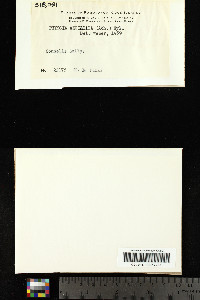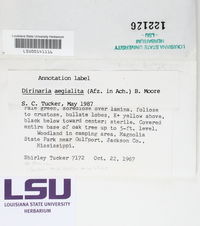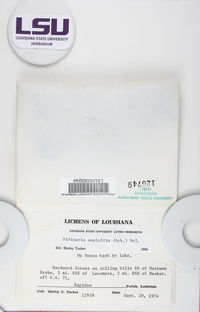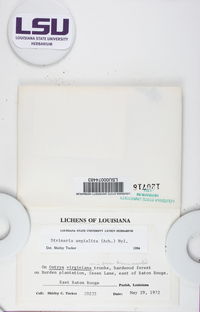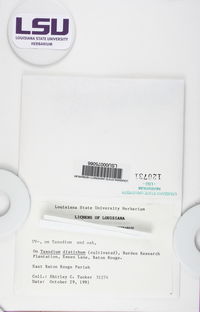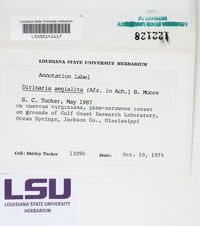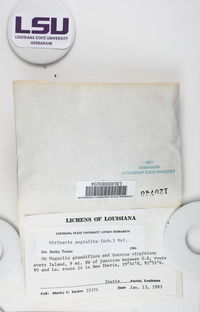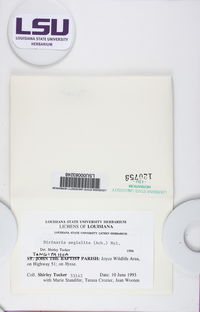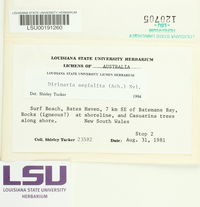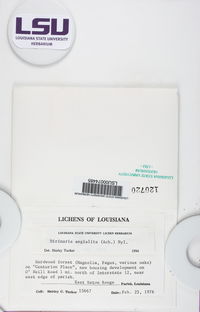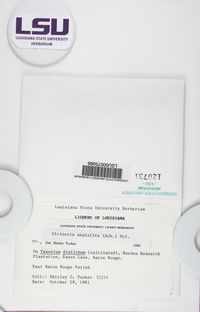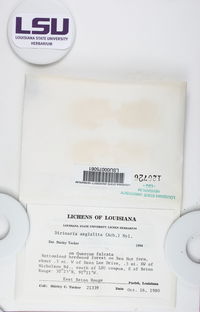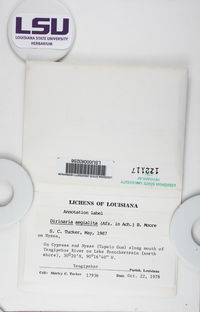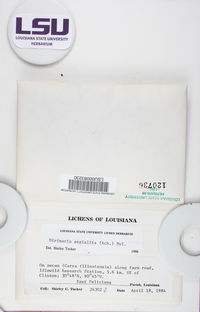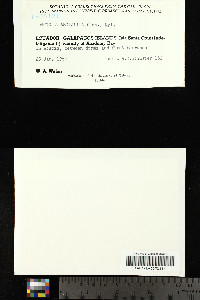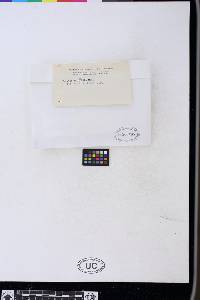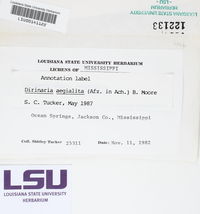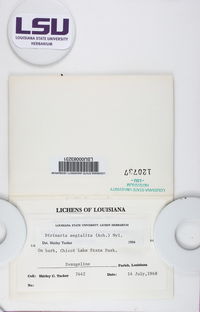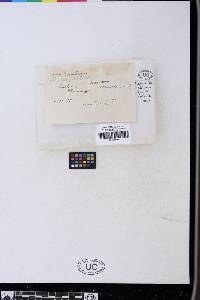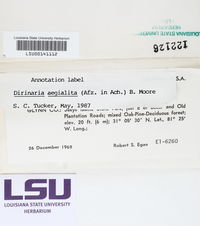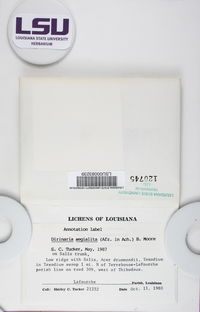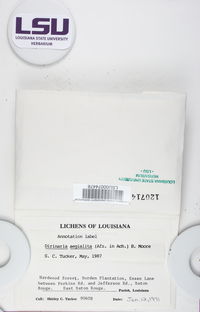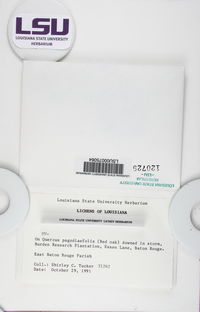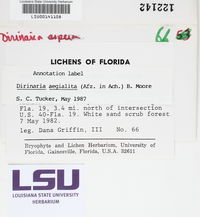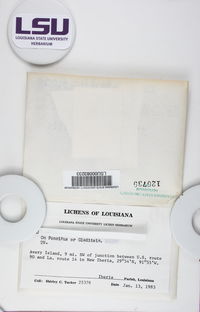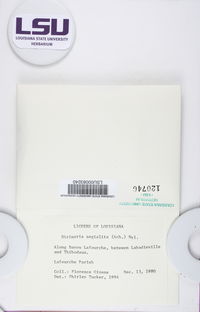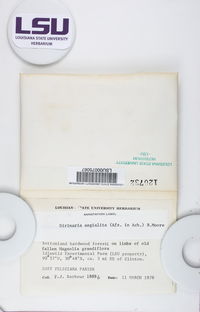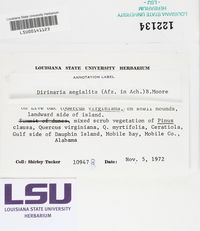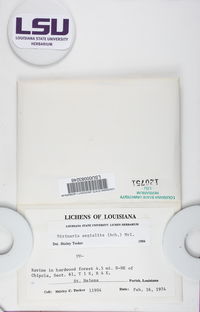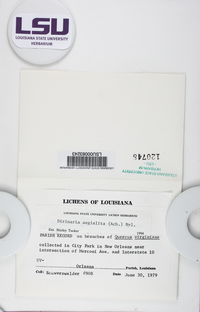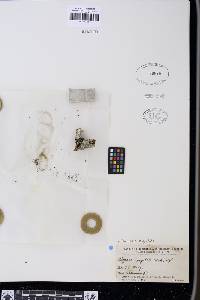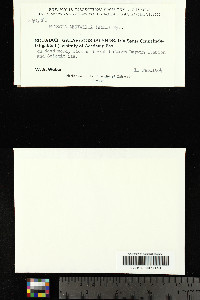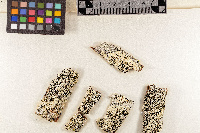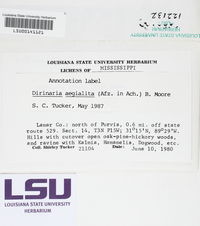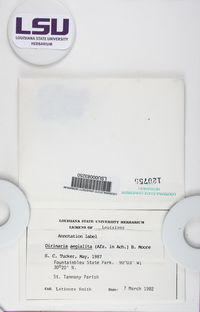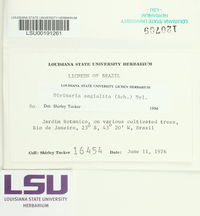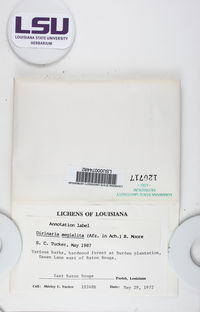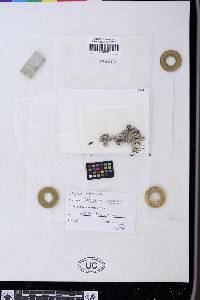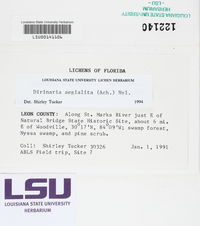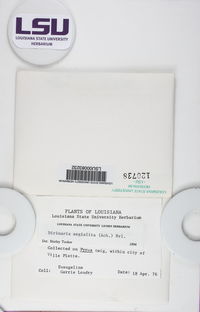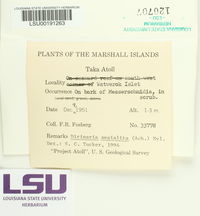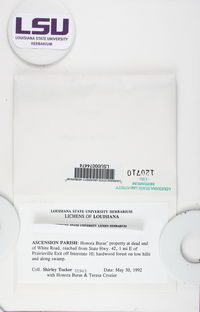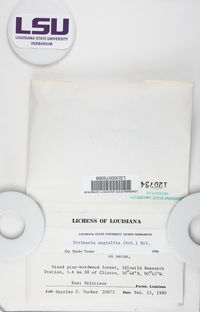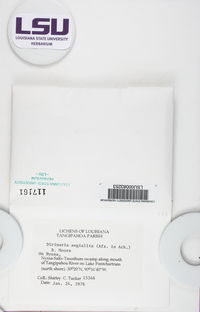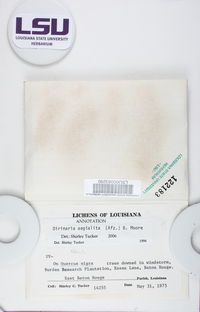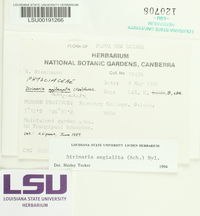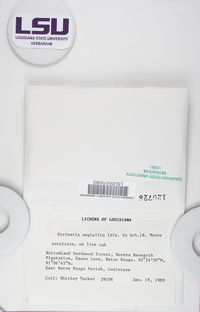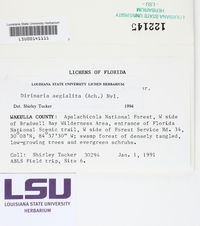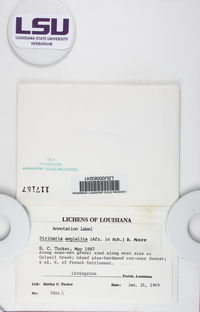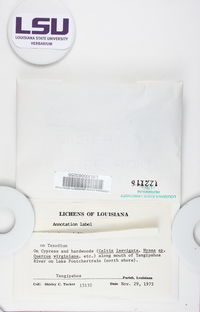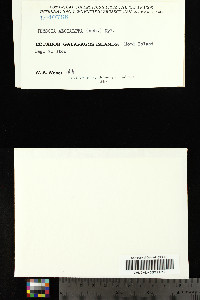
Consortium of Lichen Herbaria
- building a Global Consortium of Bryophytes and Lichens as keystones of cryptobiotic communities -
- Home
- Search
- Images
- Species Checklists
- US States: O-Z >
- US National Parks
- Central America
- South America
- US National Parks
- Southern Subpolar Region
|
|
|
|
Family: Caliciaceae
[Dirinaria aegialita (Afzel. ex Ach.) B.J. Moore, moreDirinaria aegialita var. aegialita (Afzel. ex Ach.) B.J. Moore, Hagenia aegialita (Afzel. ex Ach.) Bagl., Lecanora aegialita (Afzel. ex Ach.) Ach., Parmelia aegialita Afzel. ex Ach., Physcia aegialita (Afzel. ex Ach.) Nyl., Physcia aegialita f. aegialita (Afzel. ex Ach.) Nyl., Physcia aegialita f. coccinea Lynge, Physcia aegialita var. aegialita (Afzel. ex Ach.) Nyl., Physcia aegialita var. obliterata B. de Lesd., Physcia aegialita var. saxicola Räsänen, Physcia aspera var. alutacea H. Magn., Physcia aspera var. aspera H. Magn.] |
Nash, T.H., Ryan, B.D., Gries, C., Bungartz, F., (eds.) 2004. Lichen Flora of the Greater Sonoran Desert Region. Vol 2. Thallus: foliose, loosely appressed, up to 12 cm in diam., pinnately or subpinnately lobate lobes: radiating, confluent, flat or convex but usually concave towards the lobe tips, rarely convex throughout, 0.2-3 mm wide, distinctly flabellate towards the lobe tips upper surface: gray, bluish gray, almost white or stramineous, slightly pruinose or without a pruina, finally sorediate polysidiangia: present, developing from isidia-like outgrowths, bursting open and revealing soredia, finally apically crateriform pseudocyphellae: distinct, laminal and marginal, usually restricted to the peripheral parts of the lobes, sometimes reticulately confluent medulla: white, the lowest part often orange, especially towards the lobe tips lower surface: black in center, paler towards lobe tips, erhizinate Apothecia: rare, laminal on thallus, 0.5-1.5 mm wide disc: black, slightly grayish pruinose but mostly without a pruina ascospores: brown, 1-septate, ellipsoid, 16-22 x 7-9 µm Pycnidia: immersed in warts conidia: bacilliform, 4-5 x 0.8-1 µm Spot tests: upper cortex K+ yellow, C-, KC-, P+ yellow; medulla upper and lower part K-, C-, KC-, P- Secondary metabolites: upper cortex with atranorin, medulla with divaricatic acid and few terpenes in low concentration. Substrate and ecology: on bark, wood and rocks, from sea level to the edges of montane rain forests World distribution: in all tropical regions of both hemispheres with scattered collections from eastern parts of subtropical North America Sonoran distribution: especially in thorn forests and desert transition areas and occasionally oak-conifer forests of Baja California, Baja California Sur, Chihuahua, Sinaloa and Sonora. Notes: Dirinaria aegialita is very similar to Dirinaria applanata, especially when the formation of polysidiangia is not so obvious. In these cases, the granular "soredia" with a very thin but distinct cortex are decisive for all the specimens treated here as Dirinaria aegialita. |
Powered by Symbiota






